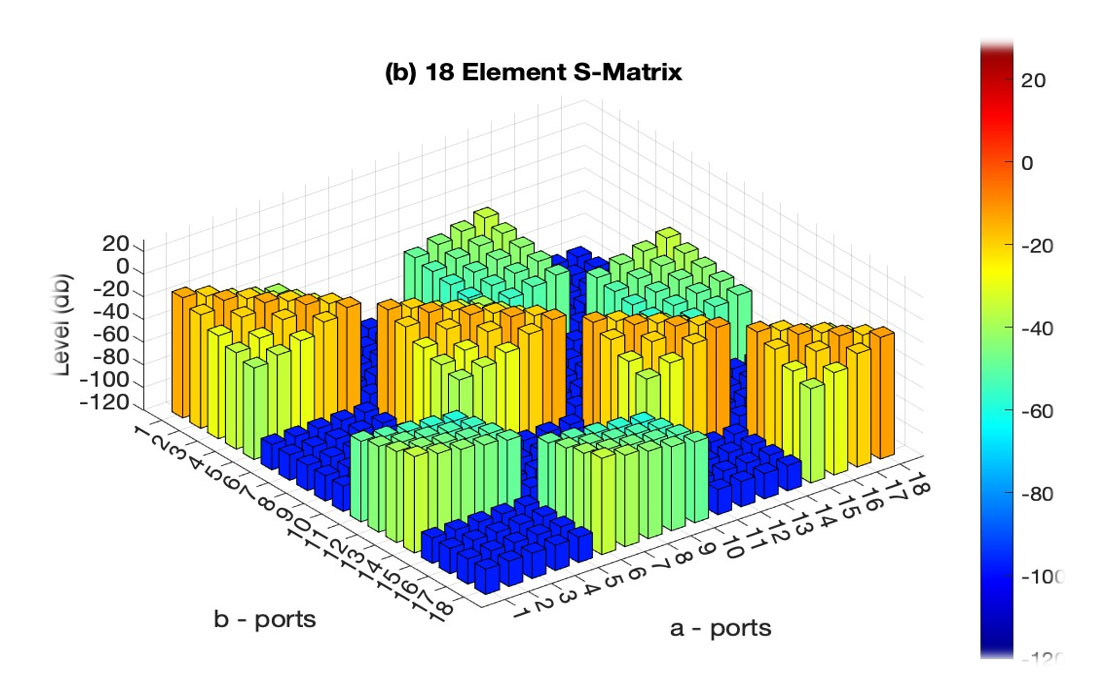Month: January 2024
Could Transpositional Modulation be used to solve the “spectrum crunch” problem
Transpositional Modulation (TM) permits a single carrier wave to simultaneously transmit two or more signals, unlike other modulation methods. It does this without destroying the integrity of the individual bit streams.
TM Technologies (TMT) is a wireless technology company offering dramatic data throughput increases for existing wireless and wired networks, using TM.
TMT’s In Band Full Duplex (IBFD) is a MIMO-compatible antenna and software technology providing signal interference cancellation via its Adaptive-Array Antenna which allows simultaneous transmit and Receive = Doubling Data Rates. TM-IBFD development has shown a combined 120 db noise reduction in two-way communications, which provides up to a 100% gain in wireless data transport efficiency.
TMT believes that the use of its patented methods can prevent or delay the onset of a wireless “bandwidth crunch” and focuses on developing products for a range of applications. These products will use core technology to provide solutions and create value for customers, the economy, and the global wireless infrastructure. The company says that the TM-IBFD is backwards compatible and complimentary with existing beam forming or beam shaping installations.

Image Courtesy of TM Technologies (TMT)
……………………………………………………………………………………………………………………………………..
Using the latest Xilinx RFSoC devices, TMT has produced a Software Defined Radio (SDR) format with OFDM as primary modulation with multiple TM channel overlays. This is applicable to nearly any access or backhaul radio device with adequate head-space and operating within the 3GPP Rel 16 specifications.
Industry analyst Jeff Kagan wrote: “Spectrum shortage remains a problem that is not going to solve itself. That’s why new solutions like this are necessary….In the case of solving this spectrum crisis, there are two different groups to focus on. One, is the wireless carriers. Two, are wireless network builders. Either, the customer, which is the wireless network needs to demand this from their network builders. Or the network builders need to embrace this as a competitive advantage and as a solution to their customers.”

Jeff Kagan
References:
Kagan: Could TM Technologies help solve wireless spectrum shortage?
IEEE 5G/6G Innovation Testbed for developers, researchers and entrepreneurs
Courtesy of IEEE member David Witkowski (see his bio below the article):
David’s career began in the US Coast Guard where he led deployment and maintenance programs for mission-critical telecom, continuity of government, and data networking systems. After earning his B.Sc. in Electrical Engineering from University of California @ Davis, he held managerial and leadership roles for high technology companies ranging from Fortune 500 multi-nationals to early-stage startups.
David serves as Executive Director of the Civic Technology Program at Joint Venture Silicon Valley, Senior Advisor for Broadband at Monterey Bay Economic Partnership, and is a Fellow of the Radio Club of America and a Senior Member of the IEEE. He previously served as as Co-Chair of the GCTC Wireless SuperCluster at NIST, on the Board of Expert Advisors for the California Emerging Technology Fund.
David’s IEEE activities include:
-
Co-Chair of the Deployment Working Group at IEEE Future Networks (FNTC)
-
Life Member of the IEEE Microwave Theory and Techniques Society (MTT-S)
-
Member of the IEEE International Committee on Electromagnetic Safety (ICES)
-
Member of the IEEE Committee on Man and Radiation (COMAR)


